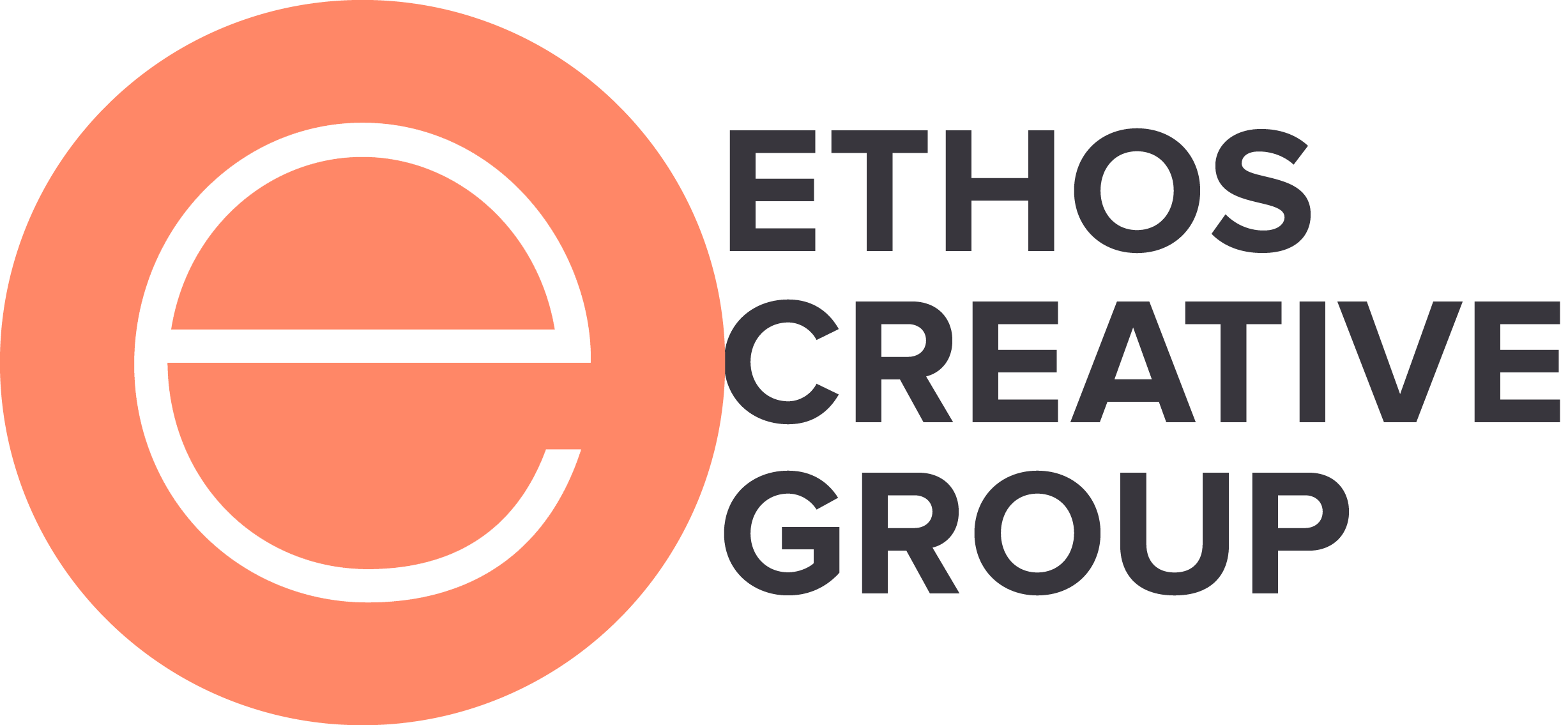
Not all ad copy is the same, discover the different subcategories in the field. It’s time for an ad copy breakdown.
Before Don Draper, there were probably very few people that thought the world of ad copywriting was sexy. The protagonist of Mad Men, despite his legion of issues, changed that, but he didn’t do much to inform the outside world about the various forms of copywriting for advertising. While any content created for an ad should attract the audience’s attention and create a desire that spurs the audience to action, how this happens can vary. Read on for the six main types of ad copy.
-
Human Interest—Less about facts and more about emotions, this copy works to tap into an audience’s feelings and senses to sell them something. This kind of ad copy may tell a story or try to make you laugh to grab your attention. It may even attempt to incite fear to get a reaction from the prospective audience.
-
Reason Why—This type of copy skips feelings and focuses on facts. The idea is to offer reasons why the consumer wants to purchase this particular product or service. It will focus on what is being offered in terms of benefits or advantageous to anyone using the product. Guarantees or testimonials may be incorporated to back up the item’s claims.
-
Educational—Similar to the Reason Why copy, educational copywriting aims to give a consumer knowledge about a product. Educational copy wants to educate by sharing the benefits and special features of whatever is being sold.
-
Institutional—Rather than focus on a particular product or item, institutional ad copy aims to impart information about a company itself. Also known as corporate advertising, this copy works to establish and grow the business’s personal reputation.
-
Suggestive—For consumers that are trying to make up their minds, or who are torn between two products, suggestive ad copy works to steer them in a particular direction via direct or indirect messaging about a product. It infers the information the company wants the consumer to walk away with about the product.
-
Expository—The opposite of Suggestive ad copy, Expository is very open about the information it is expressing. It clearly lays out the facts and details about a product, so it is obvious to the consumer, leaving nothing to interpretation.
Writing ad copy is an art that creates a sense of longing that must be satisfied in a consumer. Identifying the best way to get a reaction from the intended audience will determine the type of copy chosen. But no matter the form the copy takes, the outcome for all should be some action from the consumer if the copy is to be considered successful.

